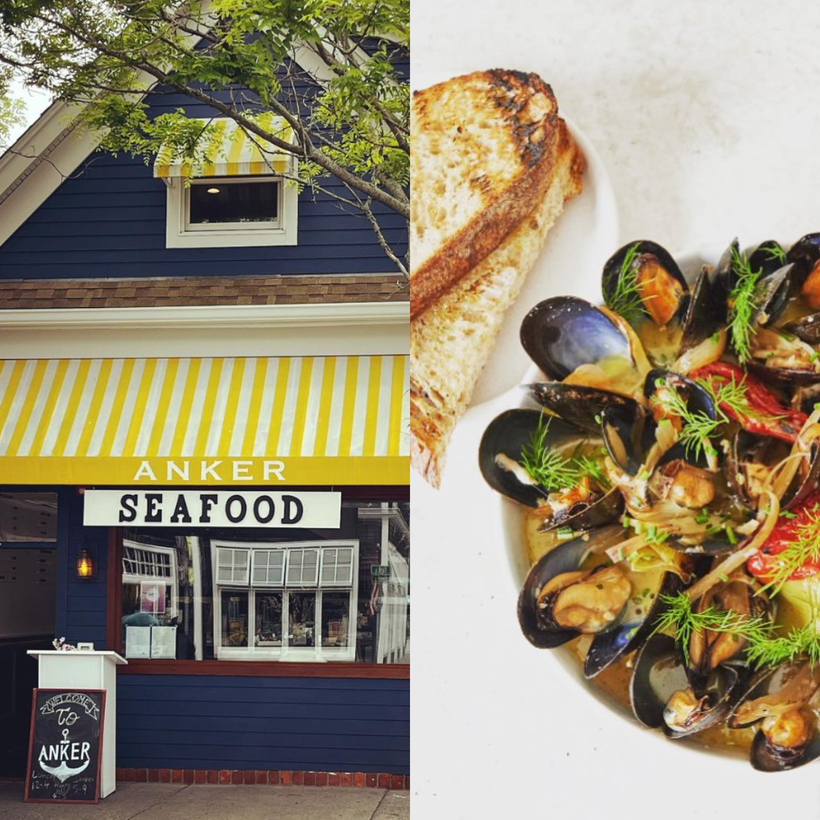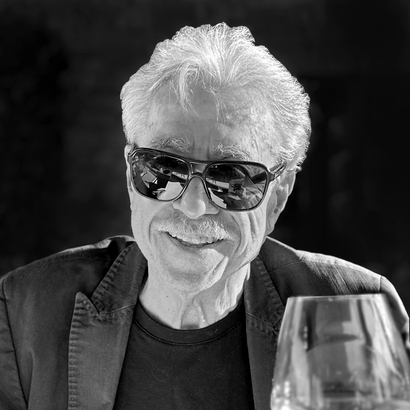The North Fork of Long Island, once known for its potato farms, entered the wine business decades ago with high expectations. Comparisons were made to Bordeaux, the most celebrated of all wine regions. Similar climates! Similar latitude! Similarly surrounded by water! For all anybody knew, those were the secrets to viticultural triumph.
Back then, the South Fork of Long Island—better known as “the Hamptons”—was clearly the center of attention. When the swells who inhabited the mansions there were staggering home from their all-night parties, the denizens of the North Fork were plowing their potato fields. That way of life came to an end when the market dropped out of the potato business, the price of spuds briefly falling to $4 per hundredweight.
This agricultural tragedy helped herald the comparisons to Bordeaux and the coming of a seemingly new path to prosperity. These days, the North Fork has about 4,000 acres planted to vines, far less than Bordeaux but sufficient to make it a substantial wine producer. The fields are beautiful; the wineries, handsome.

Unfortunately, the wines are not often triumphant. Good, yes. Drinkable, certainly. But special, rarely. (Hopeful insiders say the excellent 2022 vintage, when it comes up for sale, will rejuvenate the wine culture.)
Yet the North Fork is prospering as never before, still unspoiled, still alluring, a triumph of modesty over infamy. And best of all, when it comes to restaurants, it has the South Fork beat, not just in the all-important category of oyster bars but in a rural version of fine dining, too.
These days, well-known chefs are opening North Fork restaurants, including François Payard, at Southold Social, and John Fraser, at North Fork Table & Inn. No longer do all paths lead to seafood shacks.
I recently drove there from my home, in Westchester County, New York, to experience the restaurant renaissance firsthand. I’ve always admired the region for a multitude of reasons, not just the sweet-smelling fields with their vast tracts of healthy vines but also the occasional glimpses of beaches, bays, and Long Island Sound.
I enjoyed admirable meals at the North Fork Table & Inn back when it was operated by Claudia Fleming and was easily the best restaurant in the region. The North Fork was, to me, an idealized version of small-town America.
In many ways, it still is. The goal of my five-day visit was to learn whether the restaurants were as good as their newfound reputations. Off we go …
Maple Tree BBQ Smokehouse, Riverhead
Located on the outskirts of this blue-collar town, Maple Tree BBQ Smokehouse has been enthusiastically praised, and barbecue is irresistible to me. The roadhouse turned out to be small, impeccably clean—not always the case with barbecue—and friendly. The ambitious menu promised almost every possible variety of barbecue, and everything I tasted except the bland potato salad was delicious.
My favorite was the eastern–North Carolina pulled-pork sandwich, a jumbo version of the genuine article. And the roll was far better than the burger buns commonplace in North Carolina. Some well-intentioned advice: to the owners, lose the slice of cheese in your sandwiches. To the patrons, avoid the North Fork rosé wine in the pretty blue can. It was easily the worst beverage I tasted on this trip.
North Fork Table & Inn, Southold
The region’s longtime flagship restaurant seems to have fallen on hard times. Our dinner was distressing. On the evening I visited, there were only five occupied tables in the large, renovated dining room. We got the worst one, in a far corner and too small, apparently, to even merit a candle, which the others had. Meals are fixed price; ours cost $105 each for three courses. My main course, a whole maitake mushroom, was sliced into strips, badly undercooked, and rubbery—essentially inedible.

My friend ordered a duck tot topped with caviar as a starter, a one-bite concoction. It was good, maybe even worth the $10 supplement. Her main course, of roasted duck, was perfectly cooked. The accompanying blueberry compote was extremely sweet and the polenta extremely cold. A bottle of 2016 Duluc, second wine of Branaire-Ducru, was light and tasty, a delicious Bordeaux bargain at $62. We skipped dessert. Service was swell. As was the bread.
Southold Social, Southold
Payard’s joyous dining room is likely to supplant North Fork Table & Inn as the signature restaurant of the region. (Perhaps it already has.) Customers were pouring in the night we dined there with friends from Satur Farms, purveyors of the best arugula on earth.
Payard, who first achieved fame as a pastry chef, was in the kitchen during our visit. He came by our table and quipped, “I rented out my house and slept upstairs in my restaurant during the pandemic—the first time in my life I ever made money.”

His food is classic, uncomplicated, and often unexpectedly embellished. The “crisp half Marrakesh chicken” was prepared with preserved lemon, olives, raisins, and harissa, not your everyday French bird. The menu lists a half-dozen pastas, also unexpected, but he explained: “Before me, this was an Italian restaurant, and the customers expect pasta. Anyway, I can cook pasta. I am from Nice.” Desserts, as one would expect, were wonderful. Do not miss his almond croissant, sold at Payard’s nearby shop, Southold General.
Anker, Greenport
I spent the fourth day of my journey searching for Diego Garcia, former executive chef of Manhattan’s late, great Four Seasons restaurant. When I saw that the chef of a modest Greenport restaurant, Anker, had such a name, I hurried over for lunch. I asked our waiter if Garcia was in the kitchen. Indeed he was, but he was too busy at the moment to come by and say hello.

While waiting, we ate spicy merguez sausage that would thrill a Portuguese fisherman, delicious Yennicott oysters, and fantastic hand-cut french fries. We showed an online photo of Garcia to our waiter, who looked confused. “Diego is my brother,” he said. “That is not my brother.” Turned out there is more than one chef in this world named Diego Garcia.
Nevertheless, we enjoyed the meal, a delicious glass of 2018 Shared Table Farm Viognier, and a tour of the new rooftop bar and patio, opening soon with views of Greenport Harbor. I now marvel at the fact that every Diego Garcia I have ever met has been a fine cook.
Front Street, Greenport
Wandering around Greenport’s main drag, we first tested happy-hour bar snacks. The contest wasn’t even close: the winner was the venerable Noah’s, offering fantastic deviled eggs topped with fresh crabmeat and barbecued duck with white-cheddar grits. Both were served by our bartender, Jennifer, a perfect host.

Dinner that evening was at the Frisky Oyster, a North Fork favorite that managed to be comfortable despite an overstuffed (with people) room. We admired the old-fashioned wallpaper, apparently a signature of the restaurant since it appears on the souvenir postcards.

Surprisingly enjoyable were “oysters friskafella,” a spicy play on oysters Rockefeller, the oysters roasted with garlic, spinach, and Parmigiano aioli. That combination sounds all wrong, but, like everything here, was just right.
A former sportswriter for the Philadelphia Evening Bulletin, Alan Richman has won 16 James Beard Foundation Awards for his journalism on food and wine, and a National Magazine Award for feature writing


